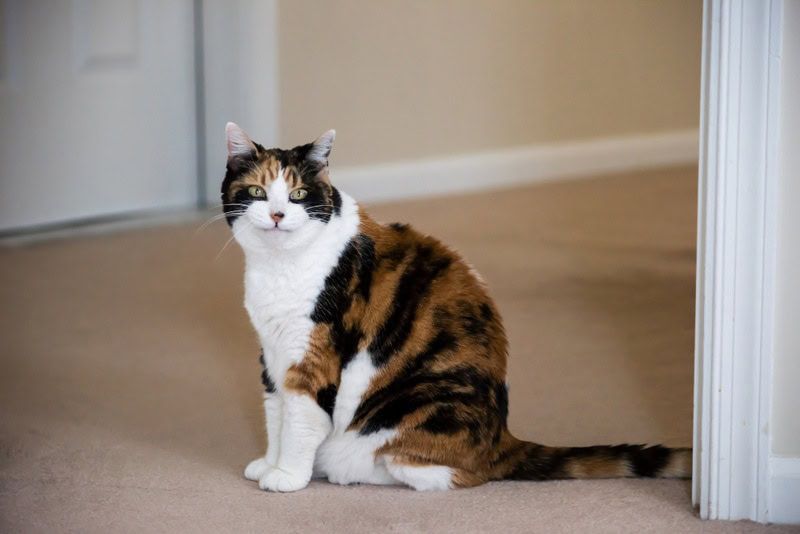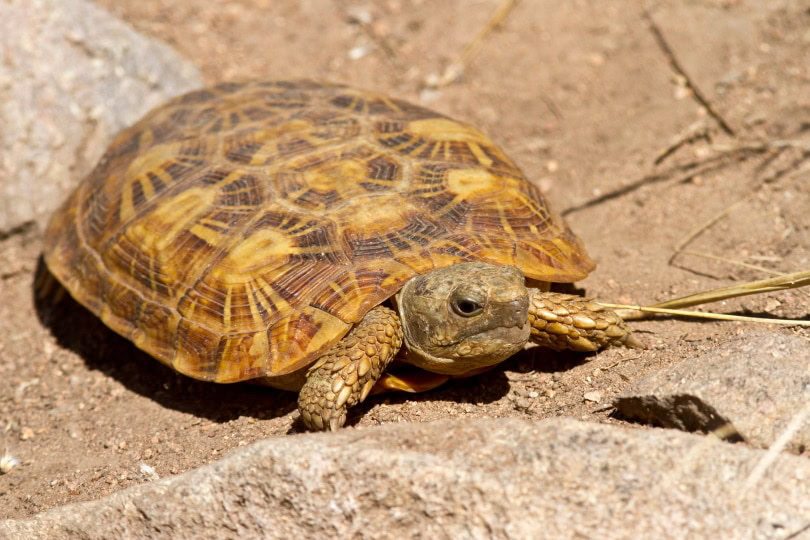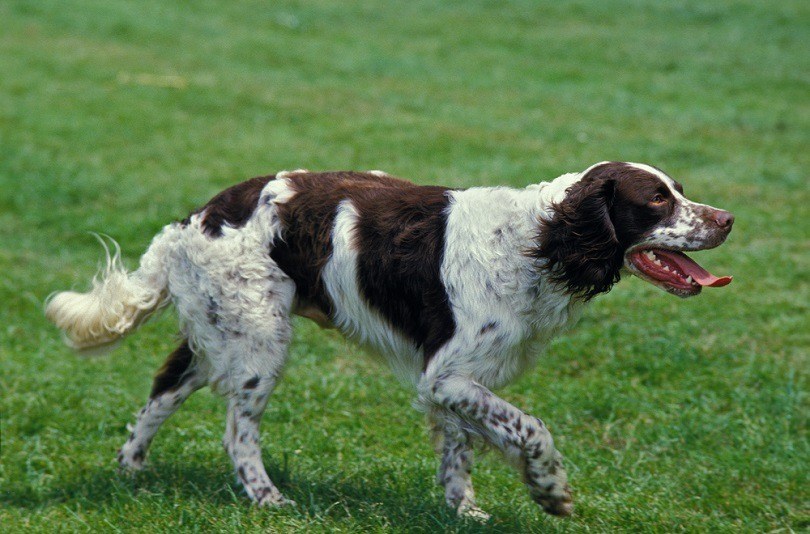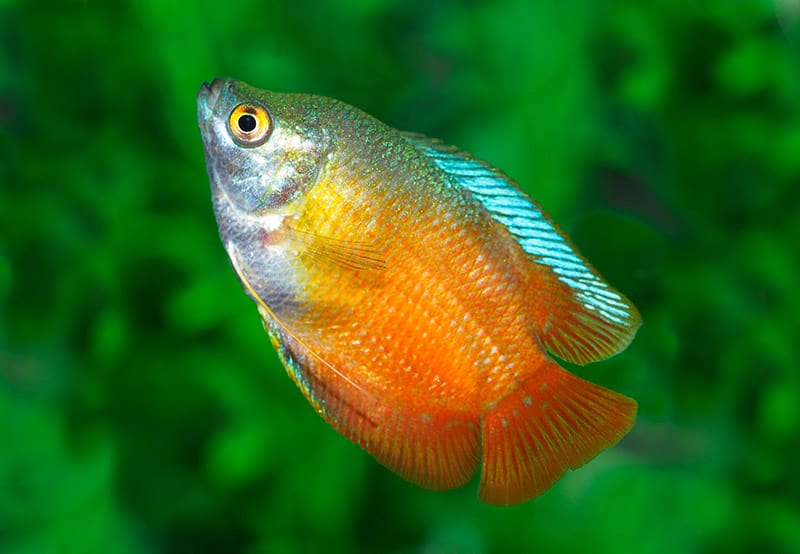Calico cats are some of the most distinctive kitties out there, although no two calico coats look exactly the same due to a quirk of genetics. Their gorgeous orange, black, and white coats vary a lot in shade and patterning, and many cat breeds display calico coats. You may already know that calicos are overwhelmingly female, but did you know there are several different types of calicos out there? It’s true! Let’s take a closer look at the various types of calico kitties and how to tell them apart.

The 6 Types of Calico Cats
1. Traditional Calico
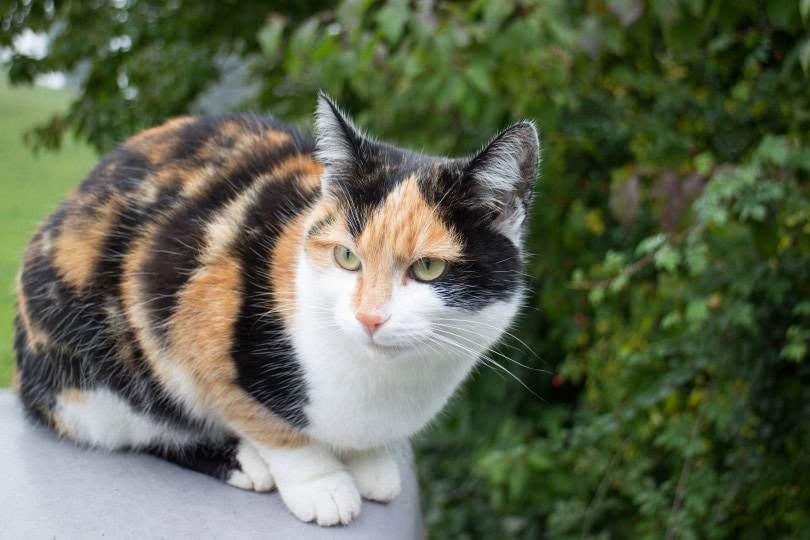
A traditional or standard calico coat is white with 25% to 75% black and orange/red markings, and notably does not inherit the dilute gene that causes color dilution. That means traditional calicos have a brighter, bolder appearance more in line with what you probably conjure to mind when you think of a “regular” calico coat. Traditional calicos are easily confused with bicolored tortoiseshell kitties, especially if they have a lesser portion of white in their coat.
2. Dilute Calico
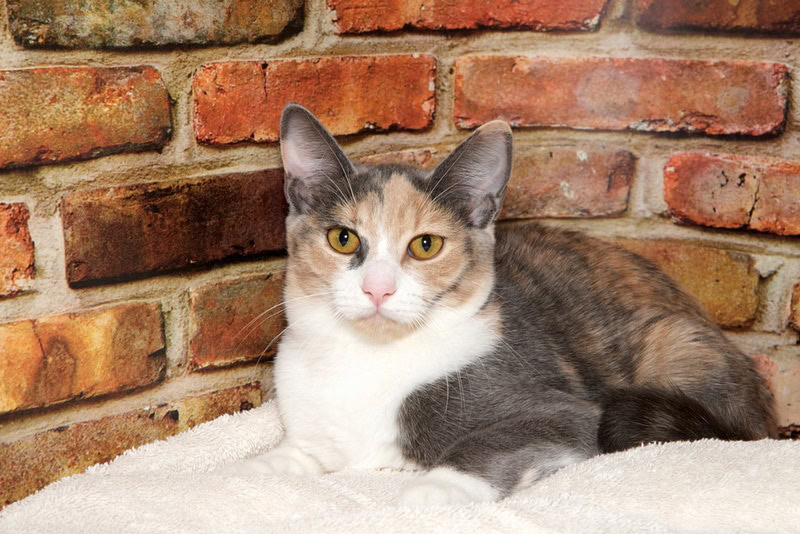
A dilute calico is produced when a calico inherits two copies of the recessive dilute gene, which is a lot like blue-colored dogs that inherit the merle gene. Together, the calico and dilute genes create a subtler calico coat. You’ll typically see soft cream mixed with bluish-gray on a mostly white coat. The exact shading can vary a lot, though. You may see darker smoke-colored fur instead of blue, or tan fur instead of cream, but the fur will invariably be more toned down than a traditional calico.
3. Patched Tabby Calico
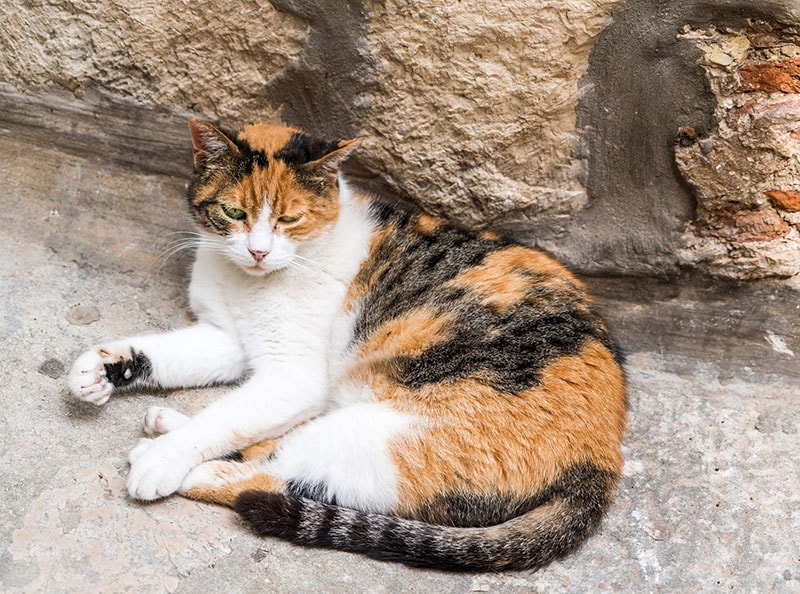
Calicos can present as tabby lookalikes in some cases, with the most common marking being a tabby patch on the forehead. However, the tabby pattern can also show on the body, legs, or tail as well. Patched tabby calicos usually still have a lot of white in their coat to tell them apart, but white “socks” or “boots” of white fur on their paws are common, too.
4. Male Calico
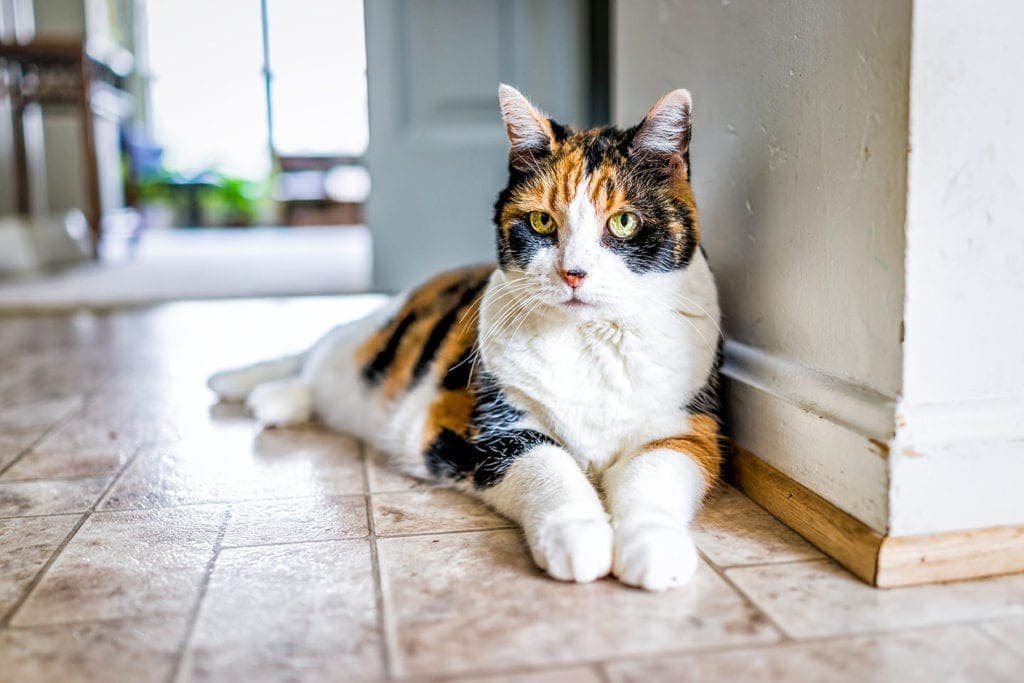
Male calicos are extremely rare because the calico coloration is directly related to a kitty having two X chromosomes, which is normally impossible for males. In some exceedingly rare cases, a male can develop an extra X chromosome and inherit the calico colors, but that causes health complications.
For example, male calicos are almost always sterile and are more likely to develop health issues like reproductive cancer and delayed cognitive development. Lastly, some select few male calicos can be the result of chimerism where a black and bicolored embryo fuse to create a tricolored male calico without mutated chromosomes.
5. Long-haired Calico

Just about every breed of cat can produce calico colors, but it looks different in long-haired kitties versus short-haired ones. Cats like the Maine Coon or Norwegian Forest Cat have some of the most visually stunning calico coats, but they’re just as high maintenance in the grooming department as you’d imagine. Expect weekly sessions with a sturdy double-sided slicker brush to remove mats and to keep your calico’s coat in the best possible shape.
6. Short-haired Calico
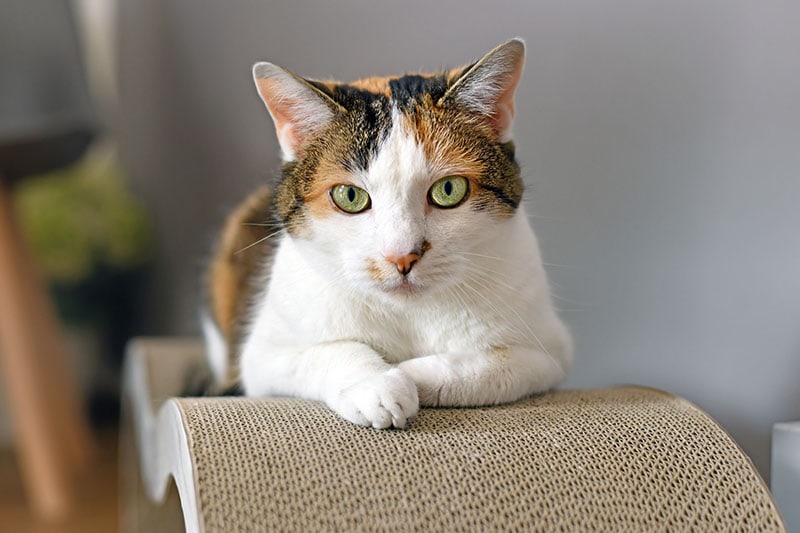
Short-haired Calicos come in a lot of breeds, but the most common is the Domestic Shorthair breed. That said, nearly any short-haired cat breed can produce a calico given the right genetic quirks—American Shorthair, British Shorthair, Japanese Bobtail, and the Devon Rex are just a few you might already know. Short-haired calicos are less likely to be purebred than long-haired cats because they’re simply more common. In some cases, short-haired calicos of uncertain heritage can even be entered into cat shows!

Conclusion
Calico cats are most commonly short-haired female kitties, but long-haired calicos are fairly common too. What’s rare are male calicos, who tend to be unhealthy and sterile, but every now and then the odd chimeric male calico can pop up too.
Featured Image Credit: Kristi Blokhin, Shutterstock
